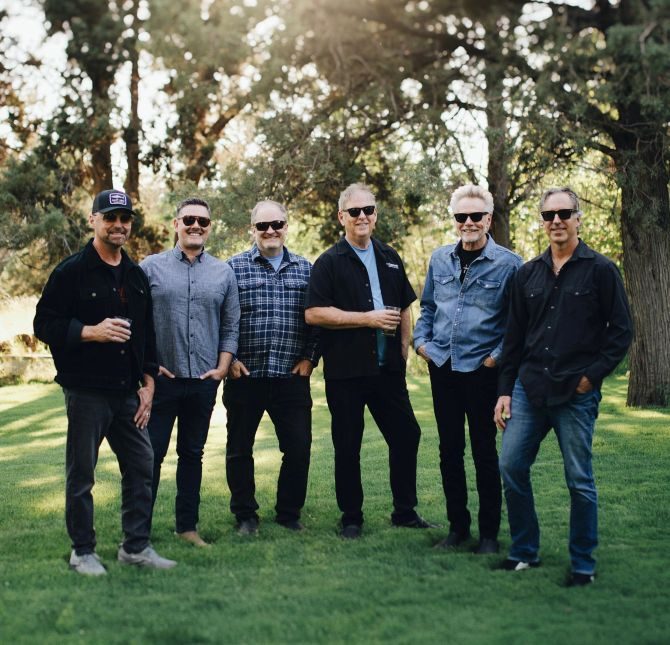Gardening corner: Leave the leaves for birds to feed and rest upon
Published 4:00 am Sunday, September 17, 2023

- Liz Douville
In May, I offered some suggestions for reducing spring chores, mainly eliminating tilling your garden soil. We are fast approaching the fall cleanup chores with the same thoughts of too much to do.
The Audubon Society, plus revised gardening practices help us see fall cleanup as something to look forward to instead of a chore to dread. The premise of the suggestions from the Audubon Society is to create a bird-friendly habitat for birds wintering here and those migrating through.
When it is possible, leave the leaves. Decaying leaves and fallen debris serve as natural mulch; they reduce weed growth, protect plant roots from extreme temperatures and retain moisture in the soil.
The natural leaf mulch result is a dining table of invertebrates that birds eat, including the pupae of moth caterpillars, a favorite food source for baby birds. If leaving leaves on your lawn makes you uncomfortable, rake the leaves into garden beds where their decomposing contributes to making a nutrient rich soil, while also providing essential food sources for birds. The process makes more sense than bagging all the leaves and leaving them for the garbage service to haul away.
Instead of spending time and energy deadheading perennials or pulling annuals, do nothing. Allow the seed heads to remain on the plants as natural bird feeders. If you have an abundance of sunflowers, leave some of the seed head in place but harvest the remainder so you will have a good supply of seeds to feed birds over the winter. You can harvest the seeds from the flower head, allow them to dry thoroughly, store them in an air-tight container and use the seeds to fill bird feeders throughout the winter.
If you feel like you need to do something to earn the “I’m exhausted” badge for the day start by building a brush pile that will provide shelter from bad weather and food for birds. Invertebrates seeking shelter and food will in turn provide food for birds. To clarify, the brush pile for the purpose of attracting birds should be modest in size and kept within the perimeter of your irrigation system.
Birds need fresh water all year long. Fountains and ponds, make excellent water sources especially if they are designed and installed for winter availability. The birdbath we were using turned into a problem in the winter. We switched to using a large plastic gardening saucer along with several big rocks for birds to perch on. It is located in an elevated rock garden that is easily viewed and is much easier to care for.
If you live in an apartment or home with limited space to plant food producing shrubs and trees, you can still create a bird-friendly habitat. The necessary water can be supplied without a birdbath, you just need to look around and find a vessel that is easy to keep clean and several inches deep. Markets supply variety of bird feeders and seed. You can spend time this winter thinking how you could create a container planting of nectar rich flowers like monarda and salvia, or one of the shorter varieties of sunflower.
Several years ago in the spring, I followed a suggestion that helps me reduce my stash of wool and cotton yarns. Cut short pieces of yarn and either place in a basket on toss some in the shrubbery or tree branches. The fiber needs to be bird-safe natural fibers, not acrylics. The birds will use the fibers in their nest building.
The birds will thank you for your less-than-perfect organic fall garden and you will be rewarded by their presence. I will confess to being tempted to purchase a hummingbird perch.
The pitch is that hummingbirds need a place to land and rest. Plus the one that attracted my attention is a rustic copper-twist design with a hand-blown red ball to attract their attention. What would we do without the eye candy of catalogs.








